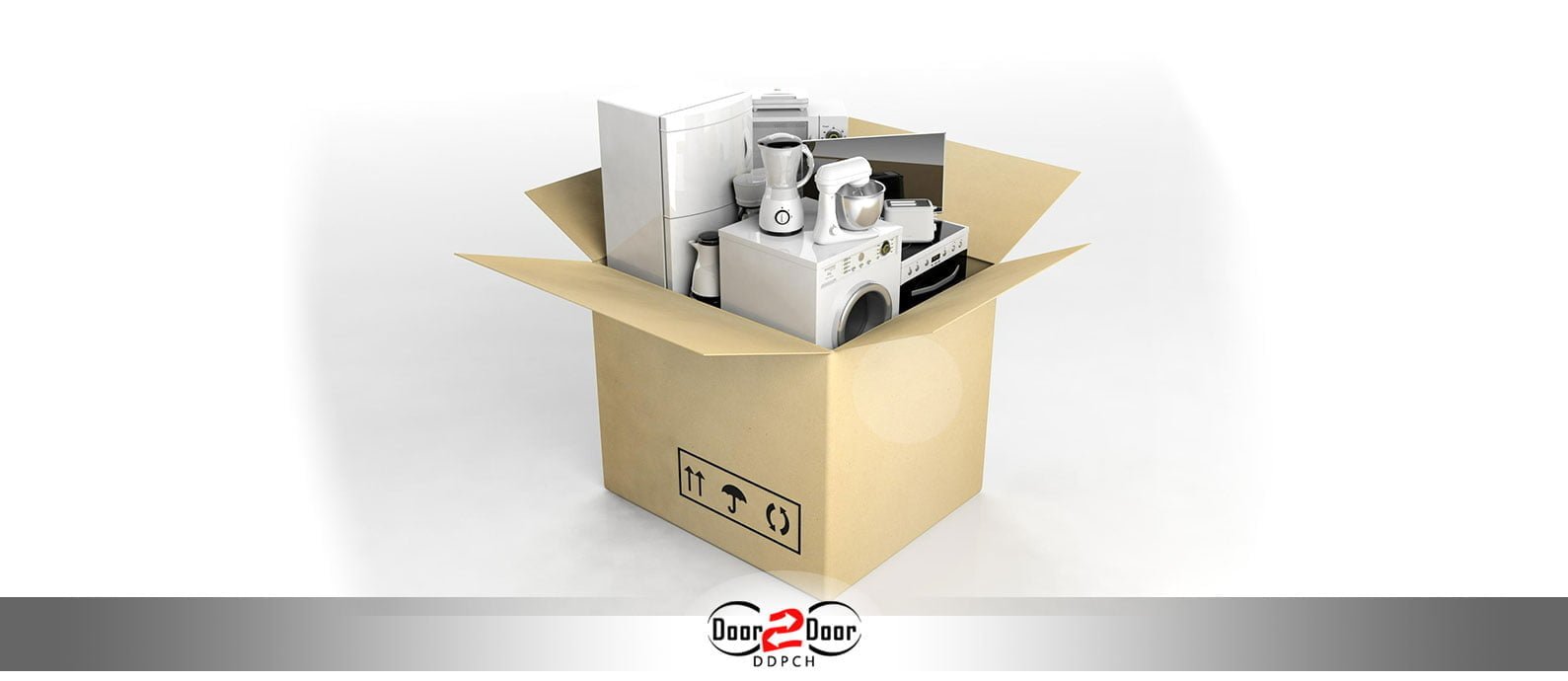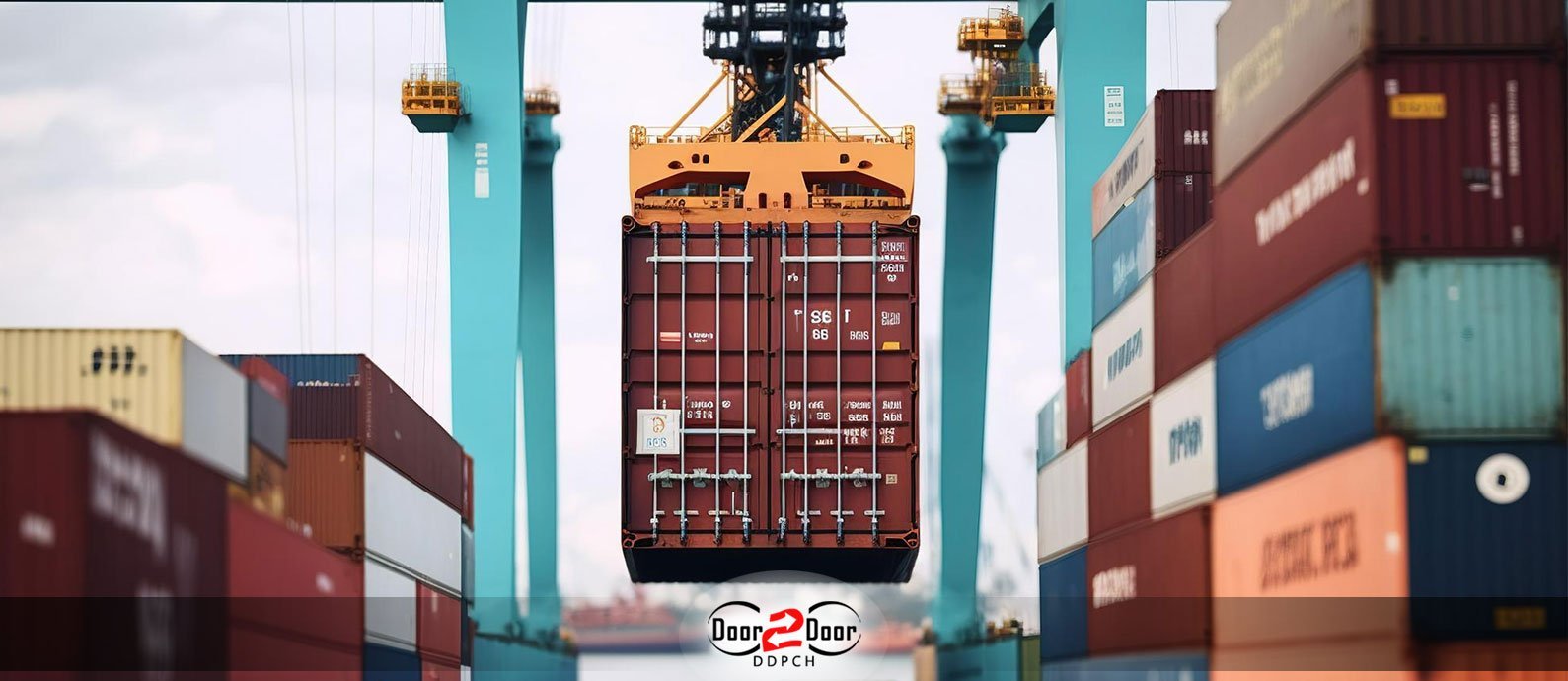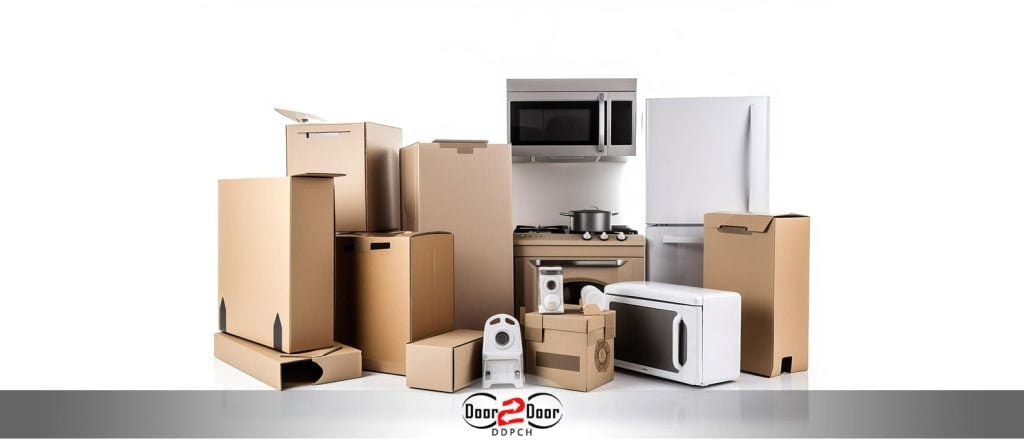Introduction
In today’s interconnected global economy, China has solidified its position as a dominant player in the manufacturing sector, with a significant share in appliance production. This guide delves into the distribution of appliance imports from China to various countries worldwide. It provides an illustrative overview, aiming to offer insights into the patterns and trends in international trade involving Chinese appliances.
From the United States to Germany and beyond, we explore each country’s percentage share of appliance imports from China. These figures shed light on the dynamics of global supply chains, trade relations, and market demands.
This guide will serve as a resource for businesses, policy makers, and anyone interested in understanding the landscape of appliance imports from China. Keep in mind, while the figures we provide are representative, for the most accurate, up-to-date information, it’s important to consult the latest data from reliable trade databases or statistical agencies.
what is Shipping Appliances from China
Shipping appliances from China generally refers to the process of transporting goods (in this case, appliances like refrigerators, washing machines, air conditioners, etc.) from China to other parts of the world. This can involve various steps and considerations, including sourcing and manufacturing, quality control, packaging, shipping logistics, customs clearance, and delivery.
Here’s a more detailed overview:
- Sourcing and Manufacturing: This step involves finding a reliable supplier or manufacturer for the appliances you want to ship. In China, websites like Alibaba and Made-in-China can help connect you with manufacturers.
- Quality Control: It’s important to ensure the appliances meet your country’s safety and quality standards. You may want to work with an inspection service to check the products before they’re shipped.
- Packaging: Appliances must be securely packaged for international shipping to prevent damage during transit. This often involves robust cardboard boxes, bubble wrap, and possibly palletizing for larger shipments.
- Shipping Logistics: You can choose from different modes of transportation, such as sea freight, air freight, rail, or road. Sea freight is the most common for large appliances due to its cost-effectiveness for large volumes, though it’s also the slowest.
- Customs Clearance: Appliances shipped internationally must clear customs both in China and in the destination country. You’ll need to provide the necessary paperwork, including the bill of lading, commercial invoice, and packing list. In some cases, you might need to provide proof of conformity to certain standards (CE marking for Europe, for example).
- Delivery: After clearing customs, the shipment can be delivered to the final destination. This might be a warehouse, a retail store, or directly to consumers.
Lastly, due to the complexity of international trade, it might be beneficial to work with a freight forwarder or logistics company. They can help manage many of these steps and ensure the process goes smoothly. It’s also important to note that this process can be influenced by international trade agreements, tariffs, and regulations, which can change over time and between different countries.
why Shipping Appliances from China?
There are several reasons why one might choose to ship appliances from China:
- Cost Efficiency: China is one of the world’s largest manufacturers of goods, including appliances. Its manufacturing sector often offers lower prices due to economies of scale, lower labor costs, and access to raw materials. This cost efficiency can make it attractive for businesses looking to import products.
- Mass Production: China’s manufacturing infrastructure is highly developed and can handle mass production orders more efficiently than many other countries. This makes it possible to get large quantities of appliances more quickly.
- Diverse Product Range: Chinese manufacturers often offer a wide range of products. This variety makes it possible for buyers to find the specific appliances they’re looking for, all from a single source.
- Innovation and Technology: Chinese manufacturers have increasingly been at the forefront of technology and innovation in many sectors, including appliances. Many businesses look to China for cutting-edge products.
- Ease of Doing Business: China has increasingly become more open and easier to do business with over the years. Many businesses find it convenient to work with Chinese suppliers due to their experience in exporting products globally.
However, it’s worth noting that while there are advantages, there are also potential challenges associated with shipping appliances from China. These might include language barriers, quality control issues, time zone differences, potential tariffs, and the logistics of international shipping. It’s important to consider these factors and possibly seek the advice of a logistics expert or trade consultant before making a decision.

best markets for Appliances in China
If you are looking for the best markets to buy appliances in China, here are some of the popular choices:
Guangzhou: Known as the capital of China’s manufacturing industry, Guangzhou hosts many markets that deal in a wide variety of products, including electronics and home appliances. The Guangzhou Electrical City Market and the Guangzhou Pacific Computer City are notable.
Shenzhen: Home to some of the world’s biggest electronics manufacturers, Shenzhen has many electronics markets such as Huaqiangbei, famous for a wide range of appliances.
Yiwu: The Yiwu Wholesale Market is one of the largest small commodity wholesale markets in the world. You can find a variety of appliances in its dedicated sections.
Shanghai: The Pacific Digital Plaza in Shanghai is known for a wide range of electronics and appliances.
If you are referring to the best consumer markets for selling appliances within China, the most promising areas typically include the following:
Tier 1 Cities: These include Beijing, Shanghai, Guangzhou, and Shenzhen. The residents in these cities typically have higher income levels and are often early adopters of new technology.
Tier 2 Cities: Cities like Hangzhou, Chengdu, and Wuhan are growing rapidly, and the rising middle class in these areas is becoming an increasingly important market for appliances.
Online Marketplaces: E-commerce is huge in China. Platforms like JD.com, Tmall, and Suning are popular for selling appliances.
Rural Areas: China’s government has been making efforts to increase rural consumption to balance the country’s economic development. With improving logistics, selling to rural areas in China could be a potential market opportunity.
However, note that competition in these markets can be intense, and success may require local partnerships, marketing expertise, and a good understanding of Chinese consumer preferences.
cost of Shipping Appliances from China?
The cost of shipping appliances from China can vary greatly based on several factors:
- Volume and Weight of the Shipment: The larger and heavier your shipment, the more it will cost to ship. Large appliances like refrigerators or washing machines will typically cost more to ship than smaller ones like microwaves or blenders.
- Mode of Transport: Air freight is usually the most expensive option but is also the fastest. Sea freight is slower but tends to be much cheaper, especially for large and heavy items. Rail and road transportation can also be options, depending on the destination.
- Destination: The further the destination from China, the higher the shipping cost. Additionally, shipping to some regions or countries may be more expensive due to factors such as local regulations, infrastructure, or customs duties.
- Packaging and Handling: Proper packaging is essential for protecting appliances during transit, and this can add to the cost. Some items may also require special handling.
- Insurance: It’s generally a good idea to insure your shipment in case of damage or loss. The cost of insurance will depend on the value of the goods.
- Customs Duties and Taxes: These costs depend on the laws of the destination country and the type of product being shipped. Some countries may also impose additional fees for certain types of goods.
- Logistics Services: If you use a freight forwarder or other logistics service, they will charge fees for their services.
It’s hard to give a precise figure without knowing the specifics of the shipment, but as a rough estimate, sea freight from China to the US might cost between $1,000 and $3,000 per twenty-foot equivalent unit (TEU), a standard measure for shipping containers. However, this can vary widely based on the factors listed above.
I’d recommend getting a quote from a freight forwarder or shipping company to get a more accurate estimate.
transit time for Shipping Appliances from China
The transit time for shipping appliances from China will depend on several factors, such as the method of shipment and the destination. Here’s a general overview:
- Sea Freight: This is the most common method for shipping large appliances due to its cost-effectiveness for large volumes. However, it’s also the slowest. The transit time can vary depending on the destination. For example, shipping from China to the US West Coast ports typically takes about 2-4 weeks, while shipping to the East Coast can take 4-6 weeks. Shipping to Europe also generally takes about 4-6 weeks.
- Air Freight: This is the fastest method, but it’s also the most expensive. It’s generally used for smaller, high-value, or time-sensitive goods. Air freight can typically get goods from China to most parts of the world in 3-5 days, not including potential delays for customs clearance or other logistical issues.
- Rail Freight: This method is mainly used for shipping goods from China to Europe via the trans-Eurasian railway network. Transit times are typically around 15-20 days, making it faster than sea freight but slower than air freight.
- Road Freight: This is typically used for shorter distances, such as shipping to neighboring countries. Transit times can vary widely depending on the distance and road conditions.
Please note that these are just the transit times. The total time from order to delivery will also include time for production, packaging, loading, customs clearance, and potentially storage or distribution at the destination. It’s also important to note that transit times can be affected by a range of factors, such as weather conditions, port congestion, or customs delays, so it’s always a good idea to plan for potential delays.
Distribution of Appliance Imports from China by Country
This table would represent the proportion of each country’s appliance imports that come from China

Conclusion
In this guide, we have presented an illustrative breakdown of appliance imports from China, highlighting the significant role China plays in the global appliances market. This examination, spanning various countries including the United States, Germany, Japan, South Korea, Australia, and the United Kingdom, provides an overview of the distribution of China’s appliance exports.
This information is crucial to understanding global trade patterns and market dynamics, offering valuable insights for businesses, researchers, and policymakers. The understanding of these trends can help in making informed decisions and strategic planning.
However, the data presented here is representative, and real-time, accurate information should be gathered from reliable trade databases or statistical agencies. As the global trade landscape continues to evolve, staying up-to-date with the latest information and trends is essential for anyone involved in or studying international trade.
In conclusion, while the process of importing appliances from China can appear complex, with the right knowledge and resources, it can offer substantial opportunities for businesses worldwide. As we move forward in an increasingly interconnected global economy, the importance of understanding these trade dynamics will only continue to grow.
China has a robust manufacturing sector with cost-effective production, a broad range of product offerings, and a high capacity for mass production. These factors make China a significant exporter of appliances globally.
Some of the prominent cities for sourcing appliances in China include Guangzhou, Shenzhen, Yiwu, and Shanghai. These cities have established manufacturing industries and numerous wholesale markets.
The shipping cost is influenced by several factors, including the volume and weight of the shipment, mode of transport, destination, packaging and handling, insurance, customs duties, and logistics services.
The transit time varies based on the mode of transport and the destination. Sea freight to the US West Coast usually takes about 2-4 weeks, while air freight can deliver goods worldwide in around 3-5 days. Rail and road freight transit times depend on the distance and route.
Major importers of Chinese appliances typically include the United States, Germany, Japan, South Korea, Australia, and the United Kingdom, among others.
For the most accurate and up-to-date information, you should refer to trade databases or statistical agencies, such as the UN Comtrade Database, World Bank’s World Integrated Trade Solution (WITS), national databases, or the General Administration of Customs of the People’s Republic of China.
Challenges may include navigating customs regulations and duties, ensuring quality control, understanding foreign business practices and language barriers, managing long-distance logistics, and coping with potential shipping delays.
Working with a reliable freight forwarder, sourcing agent, or customs broker can simplify the process. Additionally, understanding and planning for the costs, timeframes, and potential risks involved in importing can help.
These countries have large consumer markets and strong trade relations with China. The cost-effectiveness, variety, and volume of Chinese appliance exports make them attractive for importers in these countries.

